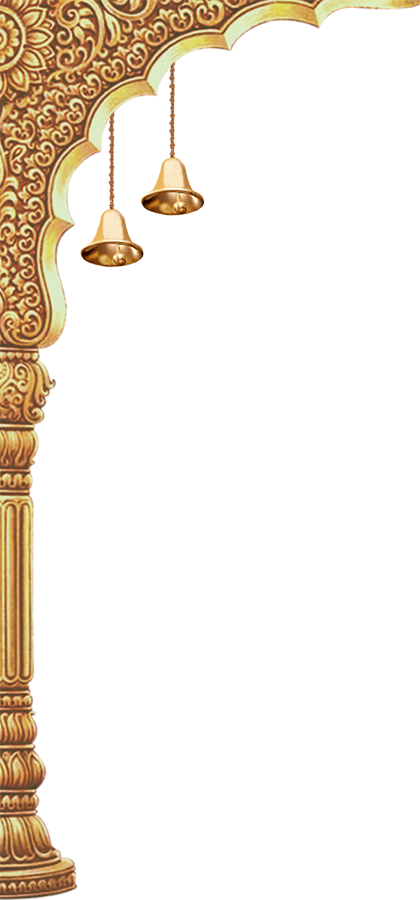History of Velachery
Velachery had existed as a village from as far back as 9th century CE and earlier. Multiple kalvettu epigraphs confirm that the area was contemporary to other historical townships in the Tondaimandalam region of Tamilakam. The oldest kalvettus in Velachery are in the ancient Selliamman temple from the reigns of Parakesarivarman/Parantaka Chola (9th century) and Parthivendravarman. The Dhandeeswaram temple contains many epigraphs from the times of Gandaraditya Chola (10th century) and emperors Raja Raja Chola I and Rajendra Chola I (11th century).
During the 12th century, Velachery, along with the rest of Tondaimandalam, was thought to have briefly come under the rule of the Kadavas (or Kadavarayas) who were feudatory powers under the Cholas and subsequent Pandya emperors. An epigraph from king Kopperunjingan I of Sendamangalam of South Arcot region is found in Velachery
Temple History
Shri Draupadi Amman is a village deity (Grama Devadhai) worshipped by people residing in Velachery. She is also the Kula Deivam or family deity to many families, mainly belonging to the Aatreya Gothram. The ancestors of such families were once living in the village and used to worship Draupadi Amman.
Draupadi Amman Temple at Velachery is supposed to be several centuries old. The village elders believe that most probably an ancestor belonging to the Aatreya Gothram built it some 300 years ago.
This Temple was in shambles with thatched roof and no proper building to host the deities (see gallery). The project for renovation of the temple was taken up by some of the devotees in the late 1990s.
History of Draupadi Amman
Draupati Amman is a goddess from the Hindu epic Mahabharata, namely Draupadi, primarily worshipped by the Tamil people of India, Sri Lanka and other countries. Draupati was the wife of the five Pandava brothers in the Mahabharata epic.
The Draupati Amman cult (or Draupati sect) is a regional Hindu tradition in which a community of people worship Draupati Amman as a village goddess with unique rituals and mythologies.
This Temple was in shambles with thatched roof and no proper building to host the deities (see gallery). The project for renovation of the temple was taken up by some of the devotees in the late 1990s.



